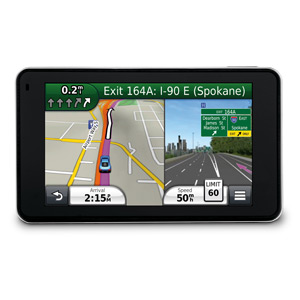Example one: After a recent map update, my Garmin Nuvi GPS told me that my internal storage was almost full, and that I should consider adding more. So I added a MicroSD to double the storage. What happened? I can now see two "drives" on the device, but the GPS OS has no idea how to use the additional storage. There is no way to span volumes that I can see (and I have Googled this). I can put photos on the expansion storage, I suppose. Yeah, the GPS can display photos. Whoopee. But if the maps get much bigger, I'm boned.
Example two: I purchased a Motorola DROID RAZR M smartphone. It had a reasonable amount of storage, but I added a MicroSD to double the storage. What happened? Again, Android seems clueless about "just using" this extra storage. I can explicitly store my files there, but I can't say "all user files go on the expansion SD", nor is there any way to span volumes that I can see (and I have Googled this).
Even worse, moving to the latest Windows 10 update failed because I had some files on an "external" drive. What's more, OneDrive cannot sync to an "external" drive. Jeez-louise! Shouldn't I get to decide if I want to treat a drive as "external" or not? A microSD that I tuck inside a covered slot that isn't even accessible when the case is installed, doesn't seem very "external" to me! Windows could just ask.
Bottom line, I have three microSD cards that have successfully "expanded" storage in three devices, and I have no usable way to make any practical use of it. I'm a technology geek; If I were really motivated, and I had the time, I could probably hack a work-around. But casual users? Fuggedaboudit! That's lame! Come on, OS vendors! Can't you get creative about making expansion storage a plug-n-play proposition?

